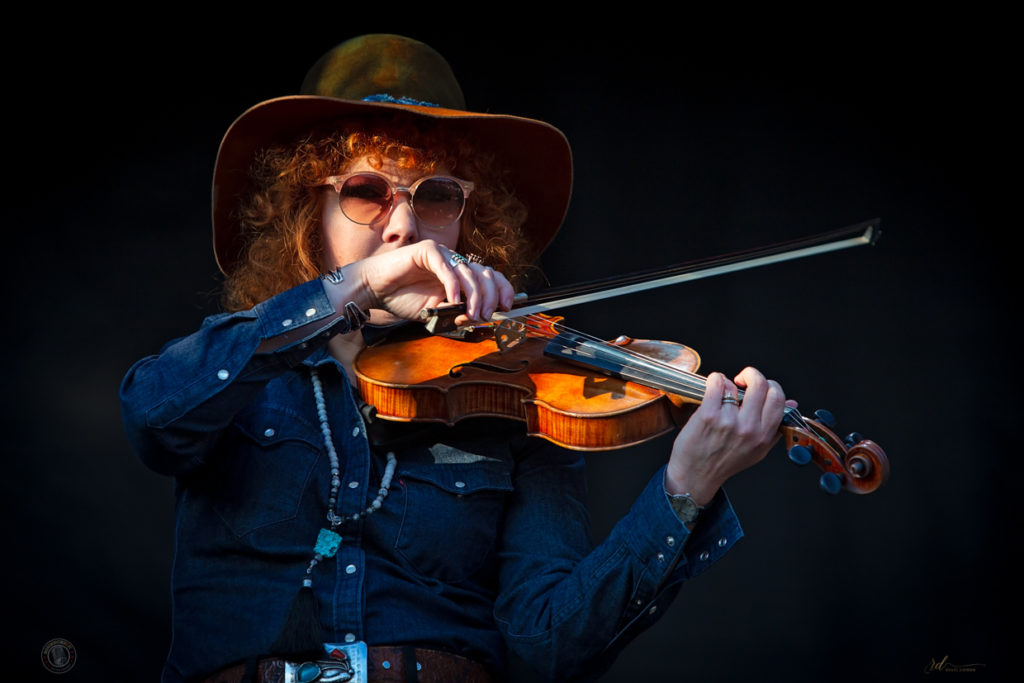Thursday night at CityFolk featured legendary hard hitters Ani DiFranco and David Byrne, whose performances certainly lived up to the hype.
Ani DiFranco exuded calm confidence from the City stage, preaching her poetic anti-gospel to a receptive crowd, who swayed in solidarity. DiFranco played electric acoustic guitar, accompanied by Chris Littlefield on trumpet, Todd Sickafoose on double bass, and Terence Higgins on percussion. Despite the group of four, the music produced was bare boned. At times, it could be described as spoken word poetry. DiFranco was bright eyed and smiling throughout the performance.
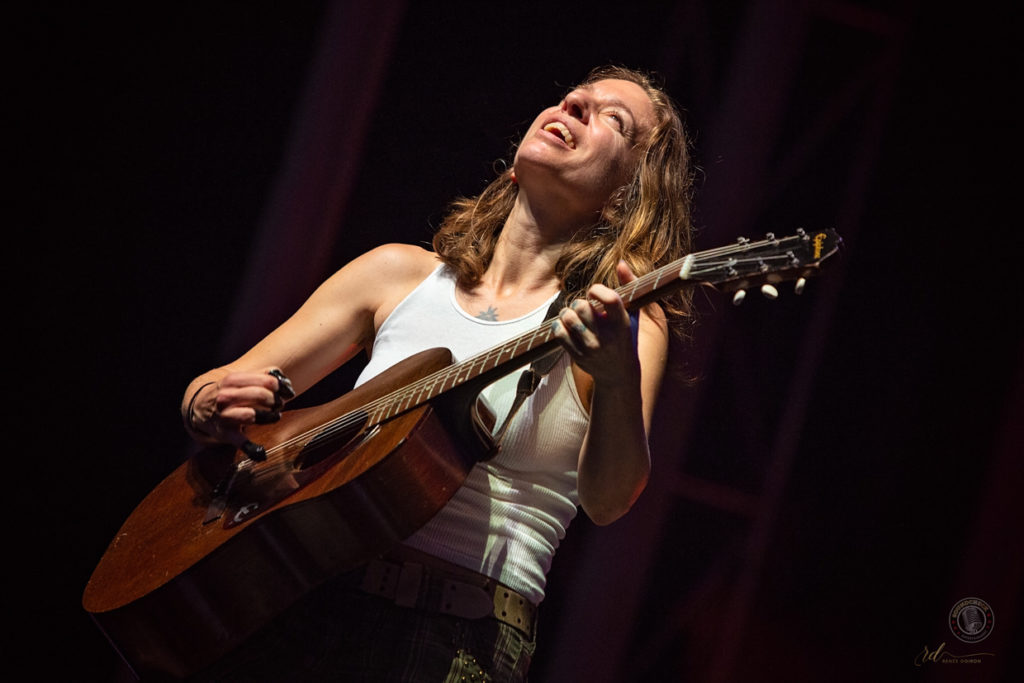
Songs that stood out included “Swan Dive” (1998), “Play God” (2017), and the title track from DiFranco’s latest album, Binary (2017). In “Swan Dive,” the chorus’ nonchalant mention of a tampon shows DiFranco’s unabashed determination to call out the natural, if unmentionable, facets of womanhood. “Play God” protests patriarchy while advocating for reproductive rights. Lyrics such as the following strike a powerful chord: “I am a soldier, it’s my blood that flows / I’d give my life so that this tree can grow / You don’t know creation like I know / So you can’t tell me.”
“Binary” is a deep track about being connected, completing the circuit with one another and with the earth. It protests today’s dog-eat-dog, anti-social, technology-centric society. Lyrics such as the following make DiFranco’s lyrical talent clear: “In the connection lies the spark / In the connection lies the art / You gotta be up in someone’s countenance / Conversing with their heart.” While the majority of DiFranco’s songs are politically charged protests, her music is anything but abrasive. She is a peaceful, jazzy protester.
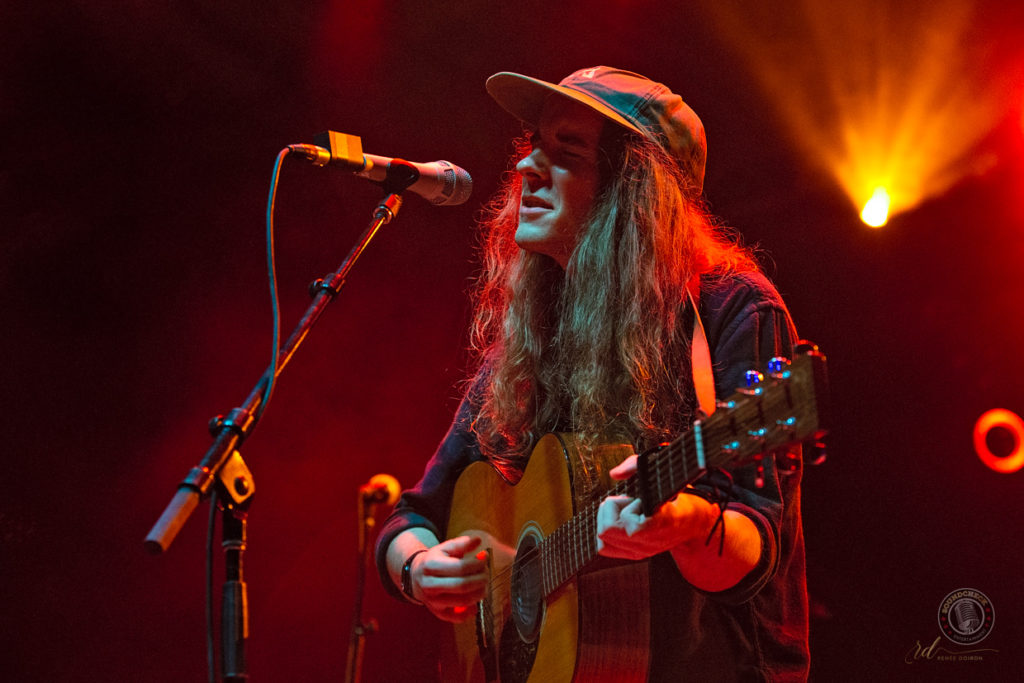
Over at the Ravenlaw stage, Andy Shauf sang quietly about some very real and unpleasant feelings that are integral to being human. He played guitar, accompanied by a five piece band that featured two clarinet players, of which Shauf mentioned it was their first show together. Their music was soothing and dreamy, reminiscent of the relaxed pace of reggae. Shauf’s lyrics called out themes of anxious, weary existentialism, and simple, quiet heartbreak. In contrast to the happy feeling of the instrumentals, Shauf’s music seemed to offer validation and solidarity to those who might be struggling.
David Byrne, best known from The Talking Heads, certainly put on a theatrical production to close the night, reminiscent of his 1984 film and live performance, Stop Making Sense. The curtains rose around him, alone on stage, as he sat at a desk holding a brain. As the opening song progressed, a second musician slowly entered the stage and introduced vocal harmonies. The next song had eight musicians in total, and soon the audience discovered the whole ensemble included an impressive 12 people, all wearing matching grey suits. Byrne’s suit was exactly the same as the others, making him equal to his band. He chose not to stand out, often blending into the background and even dancing with backing dancers at points throughout the set.
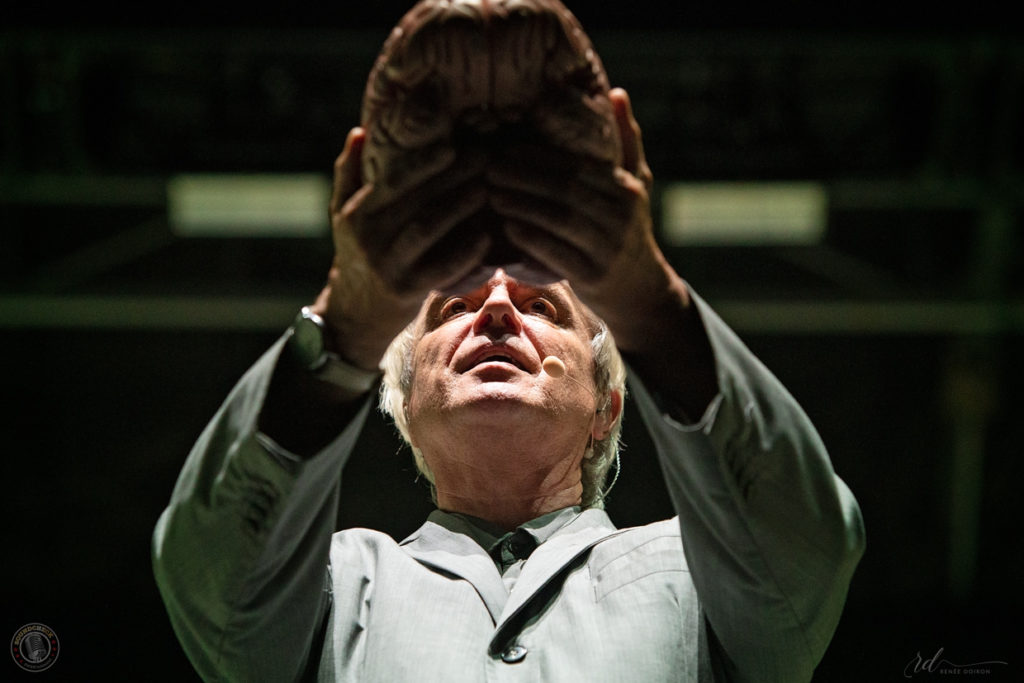
Byrne played a variety of music spanning his career, including Talking Heads hits such as “Once In A Lifetime” (1980), “This Must Be The Place” (1983), and “Burning Down The House” (1983). Throughout the high energy set, there was constant interpretive dancing, choreographed positions and movement. Shockingly, the entire stage was void of musical equipment. Every performer played wireless instruments while moving freely about the stage. Byrne mentioned that people constantly ask if the music is really being played live, so he decided to prove it by introducing each member of the band and having them layer their flavors one by one. There were about five different percussionists, each playing different drums, as opposed to the usual sight of a single percussionist playing a drum kit. In this way, it was reminiscent of a marching band (indeed, they literally marched).
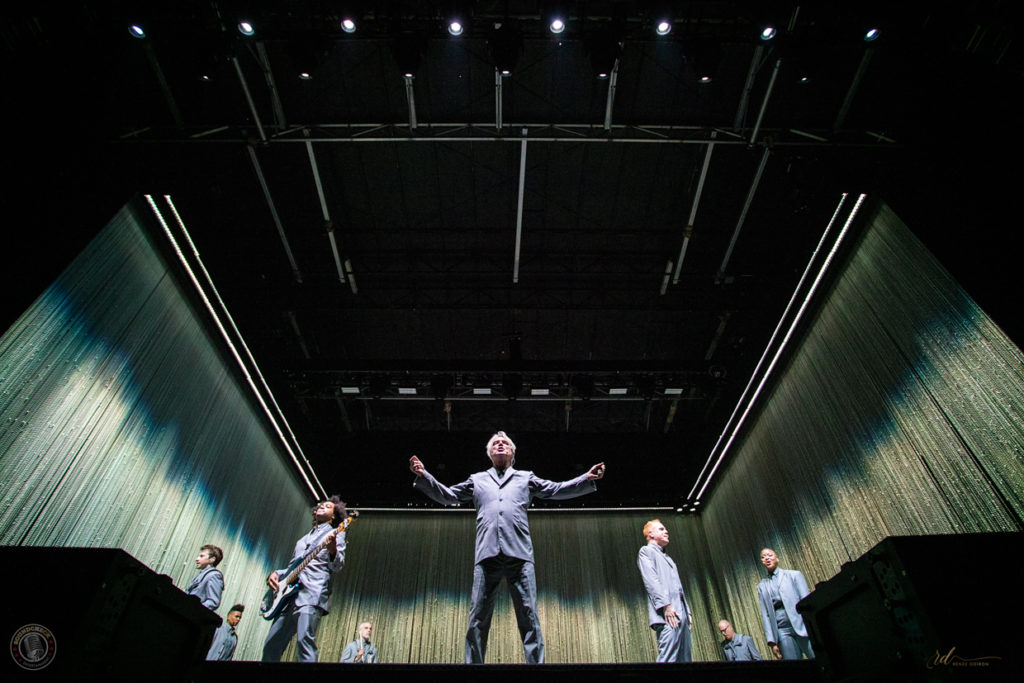
The lighting also transitioned throughout the set, seeming to tell its own story. During a rendition of the Talking Heads’ “Blind” (1988), the performers made interesting use of shadow play, their shifting formations making their shadows grow or shrink. “I Dance Like This” from Byrne’s latest album, American Utopia (2018), stood out as particularly jarring. The ordinary verses contrasted with the unnerving mechanical sound of the chorus, during which all the lights strobed, making the performers’ movement look staccato and robotic.
Like DiFranco’s, Byrne’s performance was somewhat politically charged. There was a part in the set that Byrne referred to as the part where he tells people to vote, but being in Canada he decided to call out the Ford brothers instead, drawing mixed laughter and booing. For the final song, Byrne called Ani DiFranco and Tune-Yards back on stage to cover the powerful Janelle Monae track, “Hell You Talmbout” (2015), during which the entire ensemble chanted the names of African Americans killed by police brutality.
Other acts performing at CityFolk on Thursday night included Tune-Yards and Trampled By Turtles.
For information on the rest of the CityFolk lineup visit www.cityfolkfestival.com













